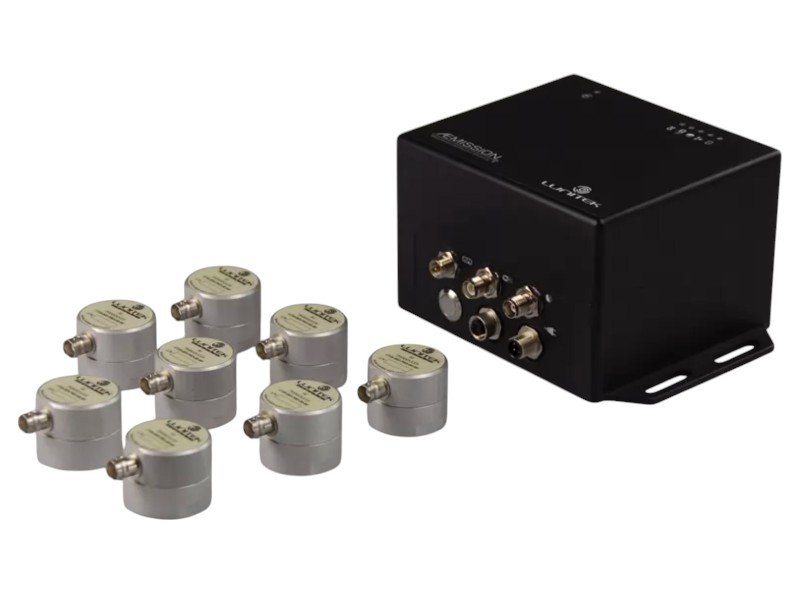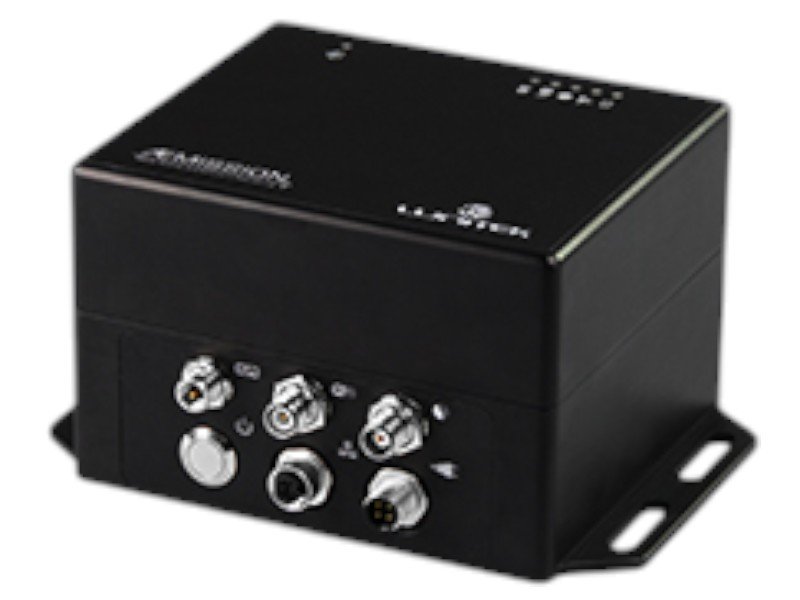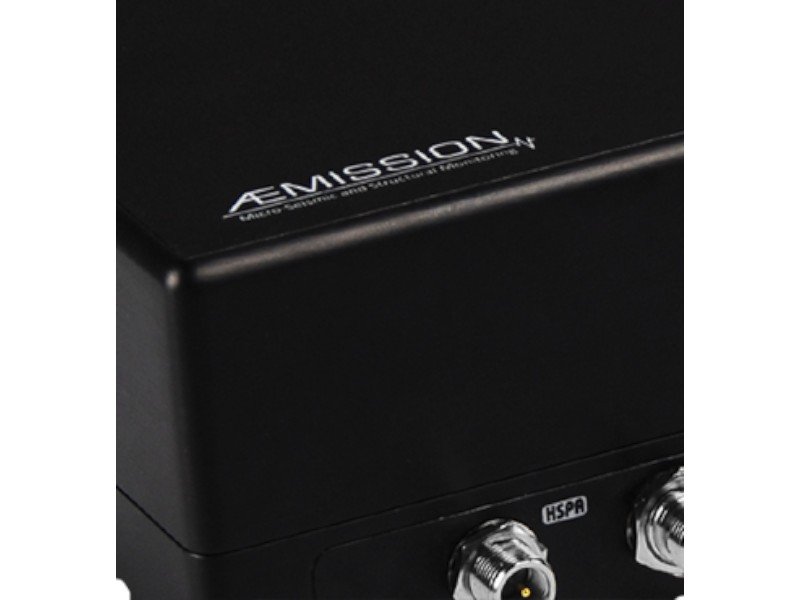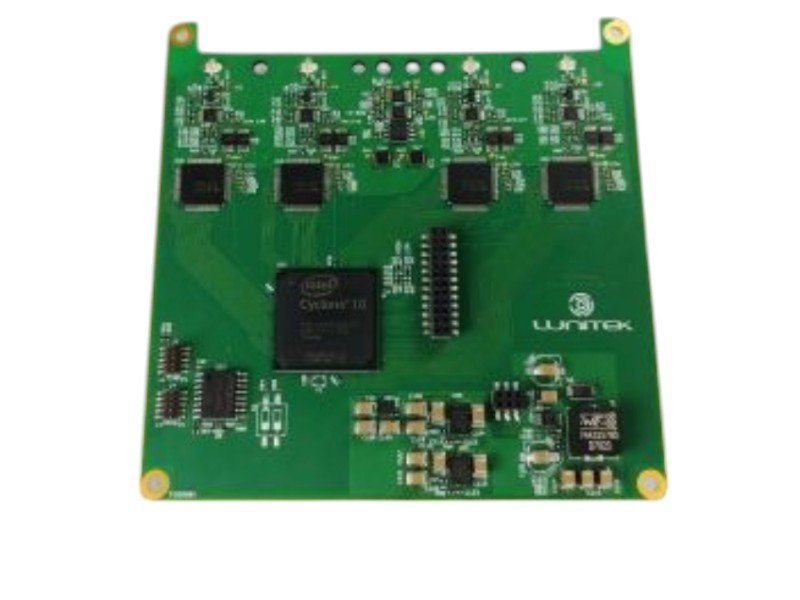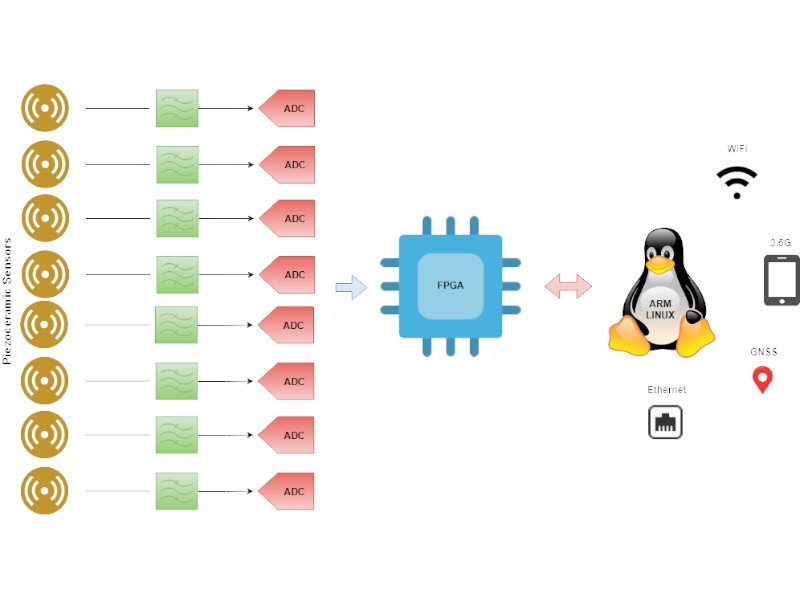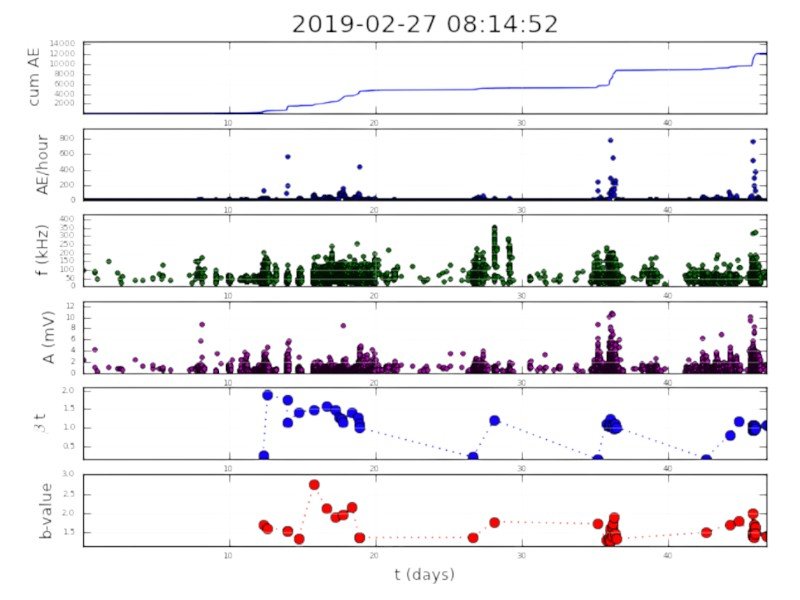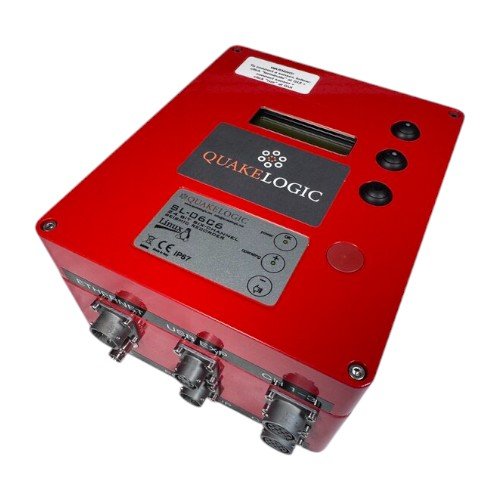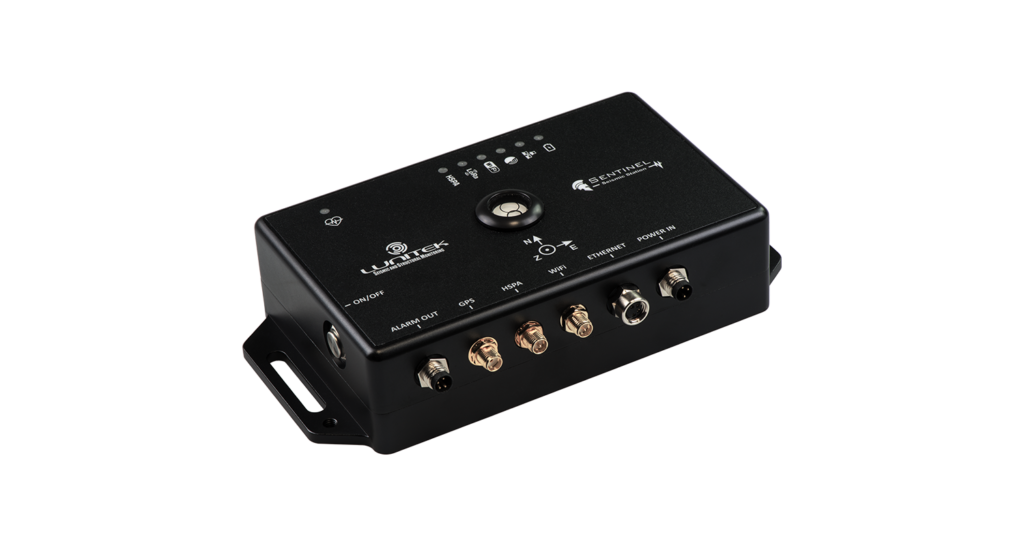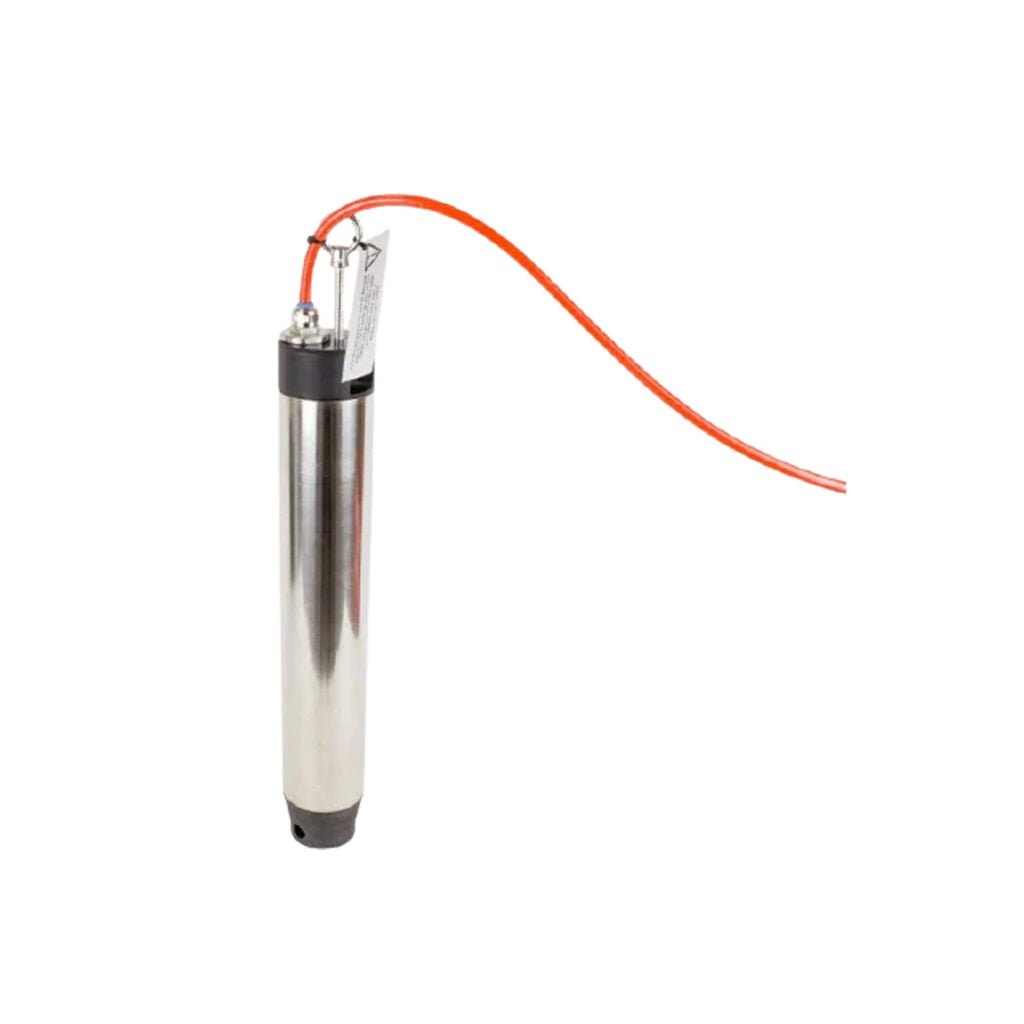Currently Empty: $0,00
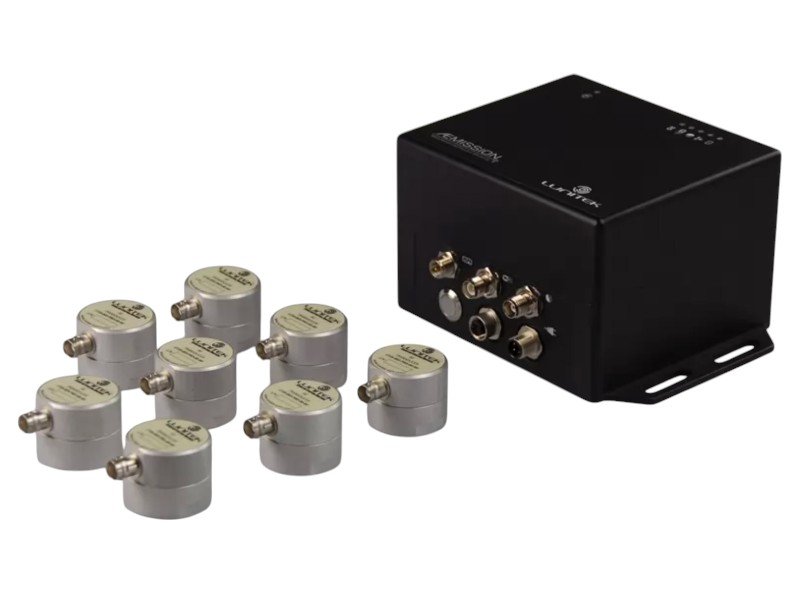
ACOUSTIC EMISSION SYSTEM (HARDWARE & SOFTWARE)
Æmission is an advanced digitizer/recorder designed for high-speed acoustic emission surveys, operating at 1.25 MSps with 18-bit resolution or 5 MSps with 16-bit resolution. It features patented FPGA algorithms, developed in collaboration with the Polytechnic University of Turin, for efficient onboard signal processing.
$122,00 – $7.500,00Price range: $122,00 through $7.500,00
OVERVIEW
Description
At the core of this project is Æmission, a specialized digitizer/recorder engineered for high-speed acoustic emission surveys. It operates at 1.25 MSps with 18-bit resolution or 5 MSps with 16-bit resolution, ensuring precise and reliable signal capture.
Patented FPGA algorithms, developed in collaboration with the Polytechnic University of Turin, are embedded within the system to facilitate onboard processing of acoustic emission waves. This capability allows for the extraction of key indicators such as βt, b-value, and cumulative count, which are critical for assessing structural integrity and predicting maintenance needs.
Currently, this advanced technology is being utilized in MONFRON, a large-scale experimental project funded by Regione Toscana, further validating its effectiveness in real-world structural health monitoring applications.
Major application of AE techniques are:
- Localization of cracks inside the material
- Crack evolution (stable or dangerous)
- Bolt state of health measurements
- Structural Health monitoring (predictive alarms)
Additional information
| Weight | N/A |
|---|---|
| Dimensions | N/A |
| TYPE | AE RECORDER, AE SENSOR, SENSOR CABLE, AE SOFTWARE |
How it Works
Acoustic emission (AE) is the release of stress waves within a material caused by internal structural changes or external mechanical loads. These waves propagate through the material and can be detected to assess its condition, revealing cracks or other forms of damage.
AE testing is a non-destructive technique used to identify and monitor crack development in various structures, including metals, concrete, and composites. When a structure experiences mechanical stress, temperature variations, or environmental changes, it generates acoustic emissions that sensors capture on its surface.
The recorded signals are processed using advanced software and hardware to pinpoint the AE source and locate potential damage. By continuously monitoring AE activity, engineers can track crack progression, evaluate structural integrity, and make data-driven decisions regarding maintenance, repairs, or replacements. AE testing plays a vital role in ensuring the safety and longevity of critical structures across industries such as aerospace, civil engineering, and manufacturing.

Æmission is supplied with 8 piezoceramic sensors, the sensing elements were selected and characterized with the help of the Polithecnic University of Turin to suit civil structure monitoring and to get the most accurate signals.
Sensors are placed around the area that is to be monitored and connected to the Æmission by 10 meter cables.
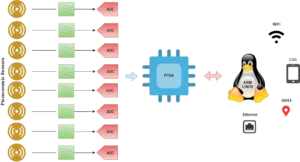
Analog signals, coming from the piezoceramic sensors are first electronically conditioned and level adapted by a cascade of analog filters before they can be converted into digital.
Eight high speed ADCs (1.25MSps@18bit or 5MSpsp@16bit) continuously convert the analog signal into digital, synchronized to the same clock source.
Digital signals are then parallelly acquired and processed by the FPGA and, according to the defined parametrization, only the events that satisfy the setting parameters are transferred to the Linux CPU.
Inside the Linux CPU events are stored locally and can be shared remotely by WiFi or 3.5G connection.
The integrated GNSS receiver can synchronize more Æmission units; a virtually limitless number of acoustic sensors can be acquired.
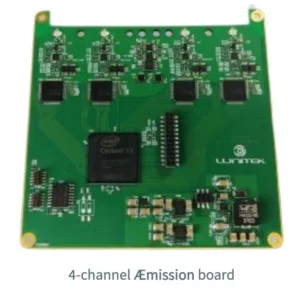
After a reasonable period of monitoring, the plots of the parameters are available and are useful in understand the nature of the cracking pattern and to give an analysis to the monitored structure.
The following graph represents an ongoing survey in a marble quarry.
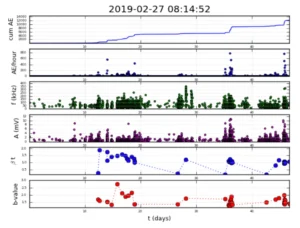
In order are represented:
- AE cumulative count
- AE/hour
- Frequency of events
- Amplitude of events
- βt
- b-value
A 3D graph of the emission sources is represented in the graph below
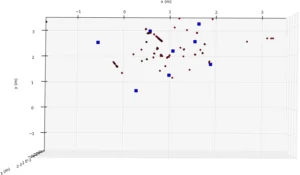
Blue squares are the AE sensors, red dots represent the localization of the sources of emissions.
